Most of us have been living with closed schools and some version of lockdown for four months now. For all the reimagining of education in the 21st century, nobody predicted that the greatest disruption of all would come from a virus. As education policymakers all over the world grapple with distance learning provision and safe school reopening, they will no doubt also be thinking about what the pandemic means for education in the longer term. We examine six ways COVID-19 is likely to shape the future of education.
1. There’s going to be a lot less money
David Evans, Justin Sandefur, Liesbet Steer, and I (Susannah) discussed the impact on education budgets in a previous blog post. In April, the International Monetary Fund updated its global growth projections from 3.3 percent to -3.0 percent (negative). Slower or negative growth means that education budgets will not rise in absolute terms at the rate the Education Commission says is needed to reach the Sustainable Development Goal for education. And, in the wake of a health crisis, education budgets as a share of national spending are also likely to be squeezed.
To see what the impact of past economic shocks has been on education budgets, we analysed education spending after the global financial crisis. In lower-middle income countries (LMICs) we observe a large dip in education spending in the immediate aftermath of the crisis that did not recover for several years (figure 1).
Global aid to education is unlikely to fill the gap. It has remained at roughly the same level since 2009, while dropping as a share of total aid. As high-income countries fall into recession, aid is likely to be cut and education is unlikely to be prioritised.
Trade-offs are not easy but seem inevitable, both between sectors and within the education sector. Governments may have to choose between some of their most ambitious education initiatives—from offering free universal secondary education to expanding preschool services—and they should start considering what compromises they might need to make, now. The global education aid architecture can help by making sure that education stays at the center of policy discussions so that essential investments and recent gains in education don’t fall by the wayside.
2. Millions of children will not return to school
Despite huge gains in enrolment during the last two decades, 268 million children were already out of school when the pandemic struck. When schools reopen, millions more may not make it back. Children whose households have suffered economic shocks and adolescent girls who are at increased risk of pregnancy or early marriage are particularly vulnerable.
A report by Save the Children released earlier this month analysed current out-of-school rates, broken down by income group, and learning outcomes. Their analysis suggests that over 9 million children are at risk of dropping out of school, with Niger, Mali, and Chad topping the list of countries where children are most vulnerable. The World Bank examined current out-of-school rates by economic quintile alongside macro projections of economic contraction in 2020 and predicted that more than seven million children may not return to school. Estimates suggest that more than half of all refugee girls will not return when schools open.
We plotted the percentage of children currently out of school against GDP per capita estimates for 2020 (figure 2) to achieve our own crude estimate of which countries might be most affected. Like Save the Children, we find that children in Niger, Mali and Chad are at high risk, as are children in Nigeria and Pakistan where many millions were out of school before the pandemic struck.
Figure 2. Countries with a high share of out-of-school children pre-COVID-19 and whose economic growth will be most negatively affected are likely to see increased numbers of children out of school
Source: UIS data, IMF forecasts, WIDE database & UNICEF country reports
Governments need to be planning now to implement measures to reach the children most at risk of dropping out. We produced an evidence kit for policymakers that summarizes the available rigorous evidence related to reducing dropout after a crisis, with two sets of recommendations: 1) combine community participation and large-scale direct communication campaigns to parents, and consider increasing attendance options to accommodate all children, including those with highest risk of dropping out; and 2) provide financial or in-kind support, such as school feeding, to help families overcome the costs of attending school.
3. Learning loss will exacerbate inequality
In some countries, for example Liberia and Sierra Leone, government-led distance learning programmes were launched within a few days of schools closing. Other countries took much longer—Ghana did not announce its programme until June 15 (figures 3a and 3b). Substantial progress has been made and some countries have expanded their standard programming to include multiple languages or accessibility features for students with disabilities. This expansion provides a new baseline for countries to build on their distance learning offerings to supplement regular instruction, engage difficult-to-reach children and families, and to be better prepared for future crises and school closures.
Figure 3a. Government-led distance learning offerings (May 2020)
“Online + other” indicates that distance learning has been made available online and through at least one additional modality including radio, television, or other home-based learning materials.
Figure 3b. Government-led distance learning offerings (July 2020)
However, children in many countries had no access to any kind of education for months. Prior to the pandemic, we were already experiencing a learning crisis that is likely to be made more severe by prolonged school closures. Learning loss, however, will not impact all students in the same way. A meta-analysis of learning decay during summer breaks shows a substantial divergence by socioeconomic status. A recent study in the US finds a socioeconomic gap in Google searches for home-based learning resources following COVID-related school closures indicating that wealthier households are seeking distance learning opportunities at higher rates than poorer households and suggests that learning loss during school closures is likely to be even more severe and unequal than previously observed summer learning losses. Many surveys across different contexts, including a CGD survey in Senegal, have found socioeconomic gaps in access to distance learning, parental support for learning at home, and time spent studying while schools are closed.
Addressing learning loss and implementing large-scale catch-up programs should be a top priority for governments. Identifying which children are vulnerable to disproportionate learning loss is the first step and can take place even while schools are closed through phone-based assessments. Without targeted, evidenced interventions, the gap between rich and poor children—which will have widened considerably during the months of school closure—will continue to grow.
In our evidence kit for policymakers, we summarise the evidence related to recovering learning loss and recommend three actions: 1) engage students in accelerated learning interventions to reverse crisis-related learning loss and strengthen future learning trends; 2) engage teachers in training and coaching so they can help students catch up, and ensure that school environments are safe and protected; and 3) engage parents by capitalizing on their current involvement in remote learning to improve future outcomes.
4. Edtech is not going to be the great equalizer
Despite high hopes that edtech would be the answer to learning continuity during the crisis, there is not yet any evidence that tech can replace teachers or reduce inequality. Tech companies and ministries of education across the globe quickly launched new apps and free trials to keep kids learning. Yet as short-term closures have stretched across multiple months, edtech has not emerged as a substitute—or in some cases even as a viable temporary stand in—for teachers and schools.
Despite rapid expansion during the crisis, edtech firms still have very low usage. Our colleague Lee Crawfurd finds that usage of edtech in Africa expanded by nearly 100 percent in the months following initial school closures—with most watching educational television programs—but overall only about 1 million out of the 500 million children on the continent are using edtech.
This isn’t surprising. Edtech relies on technologies that many families around the world do not have access to. In low- and lower-middle income countries, only 1 in 5 households have access to the internet and 1 in 2 have access to radio or television. Even in the US, stark digital divides along lines of income, race, and geography characterized distance learning experiences, particularly for low-income and rural families.
Figure 4. Household access to internet, radio, TV, and mobile phone
Source: Data for internet access from globaldatalab.org, for radio, TV, and mobile, from statcompiler.com
Access to these technologies will grow, but slowly. In the short-term, edtech is not able to replace traditional modes of learning. Even if coverage increases, there is a limited body of evidence on the effectiveness of edtech (something colleagues at the EdTech Hub are working to address). We’re also playing our part, through a randomised evaluation of the national distance learning program in Sierra Leone, supplemented by phone tutorials from teachers.
In the meantime, donors should be cautious. Investments in edtech products are likely to increase learning inequalities and further disadvantage the poorest children.
5. High-stakes exams are unfair this year and every year
One of the trickiest questions for policymakers during COVID-19 is what to do about exams. While some countries have cancelled or postponed them, others are pressing on regardless. At least 20 countries, including Sierra Leone, South Africa, and Senegal have prioritised the return of their exam classes, in some cases giving children just a few weeks of schooling before they are required to sit a high stakes exam that—in many ways—determines their futures.
The COVID-19 shutdown is drawing attention to the role of high-stakes exams and triggering discussion about whether exams are a fair way of filtering children with very different early-life experiences into the next phase of education. Where there is a deficit of secondary school places, end-of-primary exams act as a filter into secondary school. While this is often perceived as a meritocratic way to allocate limited resources, it does not consider the advantages that rich children have enjoyed: better primary schools, private tuition, more educated parents, and better nutrition.
Policymakers, including the Ministry of Education in Kenya, are right to conclude that going ahead with exams this year is unfair. But, while these school closures are exceptional, wealth-based inequality disadvantages poor children every year. Our colleague’s analysis of PISA 2012 data (figure 5) shows the correlation between parent wealth and test scores in richer countries, (though the strength of the relationship between wealth and scores varies a lot across countries).
High stakes exams reinforce wealth inequalities and are one of the factors preventing education being the societal equaliser it should be. Governments should consider alternative and fairer policies to manage transitions from one phase of education to the next. Watch out for much more from our colleague Jack Rossiter on this topic.
6. Education markets will be disrupted, putting strain on the public sector
Proprietors of private schools have had a tough time during the closure period. Most will have generated no or vastly reduced fee revenue. Many will have fired teachers and relinquished their rented premises. On the demand side, their enrolment may suffer once they do reopen, since millions of families have suffered economic shocks and will not be able to pay fees.
In normal times, the education market exists in some sort of equilibrium, where pupils are allocated to a diverse range of public and private schools and parents’ choices describe, among other things, the level of inequality within and between schools driven by sorting of richer and poorer households.
In areas where the share of private schools is high, the COVID-19 pandemic is likely to rip through this existing education market equilibrium. Mass shifts to public schools will strain the government system, particularly in urban areas where investment in new public schools has not kept up with population growth. Transport and cost barriers will mean some children cannot attend school at all. While parental demand for education is unlikely to change, and so in the long-run the sector may return to its previous market share, the short- and medium-term impacts could be catastrophic for children and for the millions of female teachers who are employed in the low-cost private school sector.
In Pakistan, where more than 30 percent of children are enrolled in private primary schools, the All Pakistan Private Schools Association is demanding a rescue package to support 207,000 schools, 1.5 million teachers, and 25 million children. Private schools in other countries will probably follow suit. Governments should rapidly gather data on the possible impacts of private school closures on the education sector and consider what policy response would be most suitable for their context.
Thanks to CGD education program colleagues who are working on these topics and contributed in many ways to this blog post.
RELATED TOPICS:
DISCLAIMER
CGD blog posts reflect the views of the authors, drawing on prior research and experience in their areas of expertise. CGD is
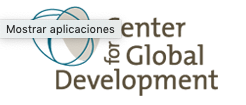
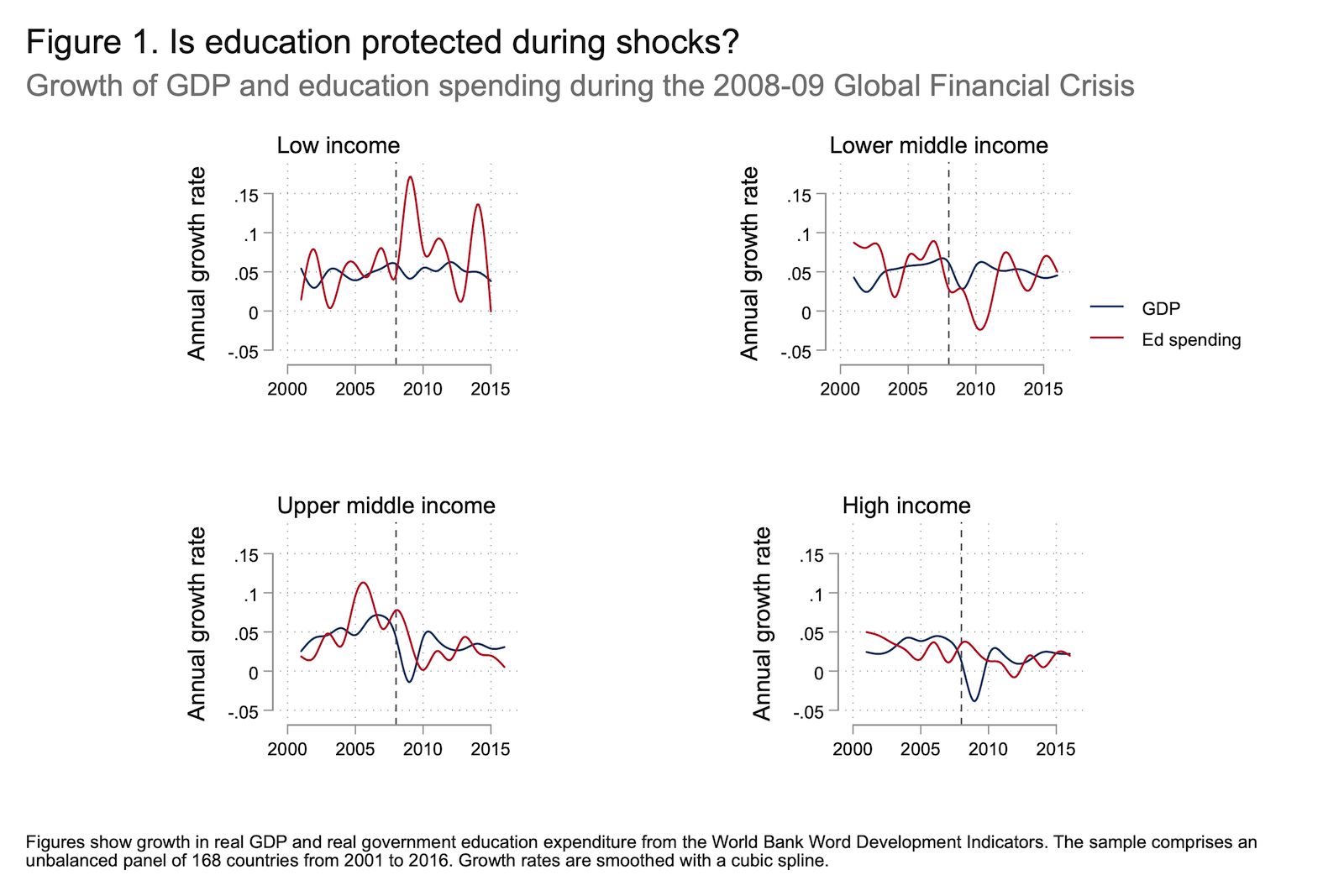
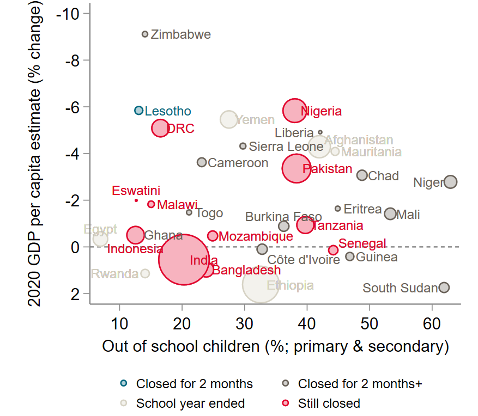
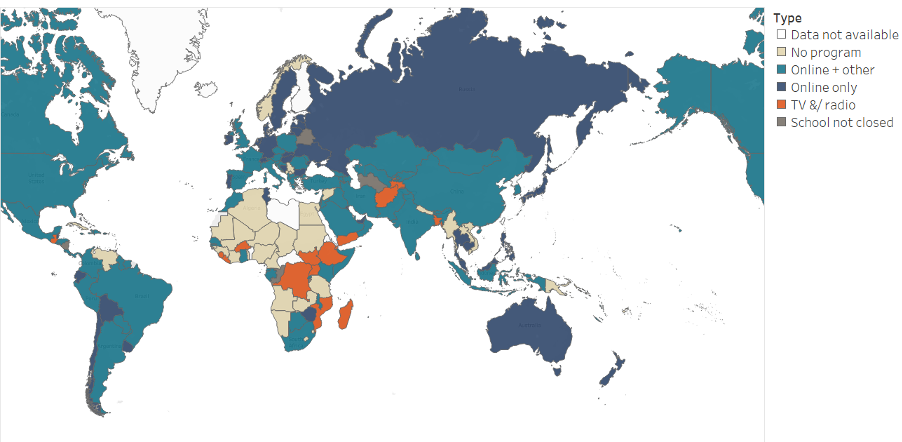

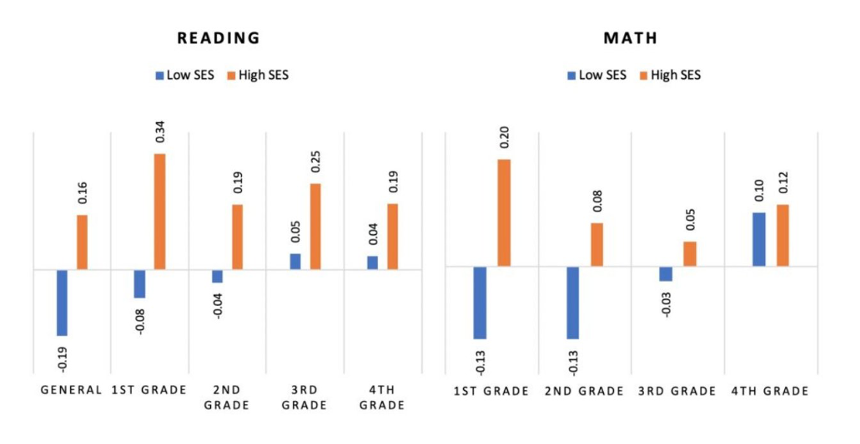
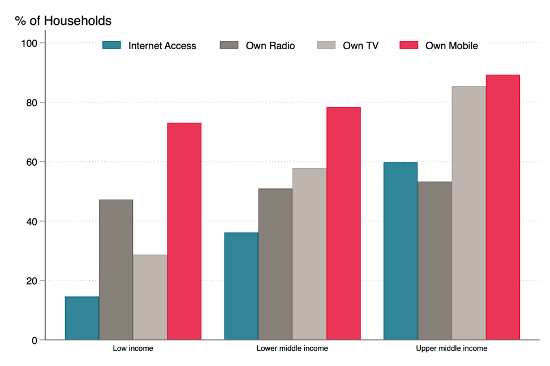
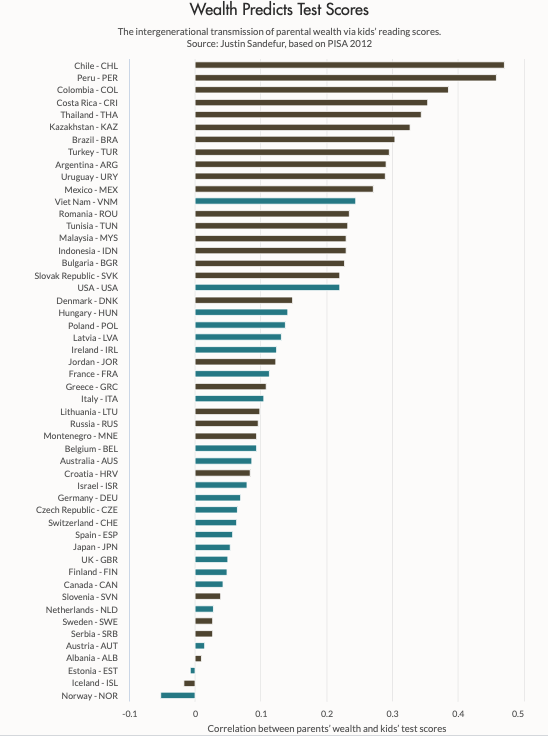

0 Comments